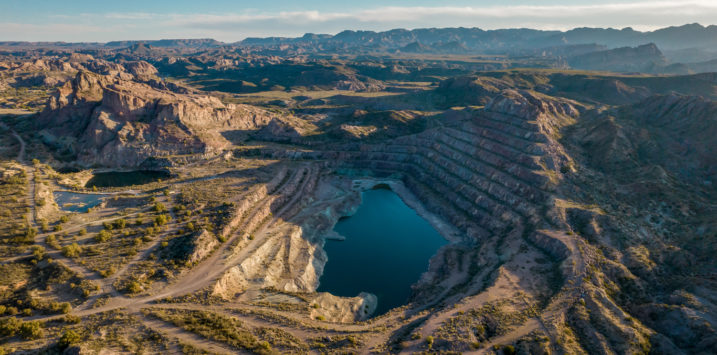
Boss Energy’s share price rises amidst surging uranium price
The price of uranium has jumped from U.S.$20/lb. in January 2018 to U.S.$40/lb in January 2022 to U.S.$90/lb in January 2024. Boss Energy (ASX: BOE), with its strategic market position and two significant projects, is poised to capitalise on this upward trajectory.
Uranium supply is dominated by seven countries, Kazakhstan (43 per cent), Canada (15 per cent), Namibia (11 per cent), Australia (9 per cent) Uzbekistan (7 per cent), Russia (5 per cent) and Niger (4 per cent). Low inventory levels and a 33-44 million lb. net increase in primary uranium demand over the balance of the 2020s are forcing utilities into the term market.
In terms of global energy consumption, coal, oil and gas account for 80 per cent, biofuels 11 per cent, uranium 5 per cent, hydro 2 per cent, and other renewables 2 per cent. Pressure from decarbonisation is seeing many countries governments changing tack on their attitude to uranium as an energy source.
Boss Energy has 409 million shares on issue, and at the current $6.03, its market capitalisation is A$2.46 billion. Cash on hand ($190 million) and the strategic inventory ($155 million), imply an enterprise value of A$2.03 billion.
The company has two projects. The Honeymoon project (100 per cent owned) is located 400km north-east of Adelaide, South Australia. Initial plant capacity is 2.5 million lbs. per annum, and the “all-in sustainable cost” approximates U.S.$25/lb. A current study is analysing whether the plant will be upgraded to 3.3 million lbs. per annum.
The Alta Mesa project (30 per cent owned from December 2023) is in South Texas and has an initial plant capacity of 1.5 million lbs. per annum and this can be relatively easily increased to 2.0 million lbs per annum. The “all-in sustainable cost” is typically U.S.$35/lb. enCore is a highly experienced in-situ recovery mining (ISR) operator of Alta Mesa.
Both projects are expected to be operating in the next few months. The aggregate measured and indicated resource for both projects (Alta Mesa at 30 per cent) approximates 40 million lbs. of contained uranium implying at least ten years of production. Given the aggregate inferred resource exceeds this, management believes the mine life could hit 15 years.
In-situ recovery mining accounts for 60 per cent of global uranium mined used in Kazakhstan, Australia, and the U.S. There is no ground excavation, no tailings, minimum dust, and less water consumption. Relative to traditional mining, it is more friendly, and importantly, it comes with 2/3 of the conventional mining cost and average capital expenditure is less than 15 per cent of conventional mines.
Overall, the Boss Energy share price has done well since joining the Montgomery Small Companies Fund portfolio, and with a nice tailwind behind the uranium price, there appears to be more upside.
The Montgomery Small Companies Fund owns shares in Boss Energy. This blog was prepared 23 January 2023 with the information we have today, and our view may change. It does not constitute formal advice or professional investment advice. If you wish to trade Boss Energy, you should seek financial advice.
Colin Petersen
:
I think you have a typo in the enterprise value. You’ve written $1.54B where I think you mean $2.154B
David Buckland
:
Hi Colin, I apologise.
I did the Enterprise Value calculation when the share price was $4.60. We had not taken the increase in share price into consideration for the blog.
To carry this on for readers interested in the mathematics, Enterprise Value of a business equals the Market Capitalisation plus Net Debt or minus the Net Cash.
This is the Value of a Business if you acquired every share and had to service the debt; or had access to the (net) cash. This is how the M&A guys access things.
With 408.7m shares on issue X $4.60 the market capitalisation was $1.88b. However, the Company stated they had $340m of unrestricted cash (net) and inventory of uranium (available for sale).
Hence, the Enterprise Value was $1.54b, being $1.88b – $340m.
At today’s price of $6.03, the Market Capitalisation on 408.7m shares is $2.46b.
However, according to the Appendix 5B (released on 25/1/24), at 31/12/23 BOE had $429m of unrestricted cash (net) and inventory of U3O8 at spot prices.
Hence the Enterprise value is $2.03b, being $2.46b – $429m.
Cheers, David.